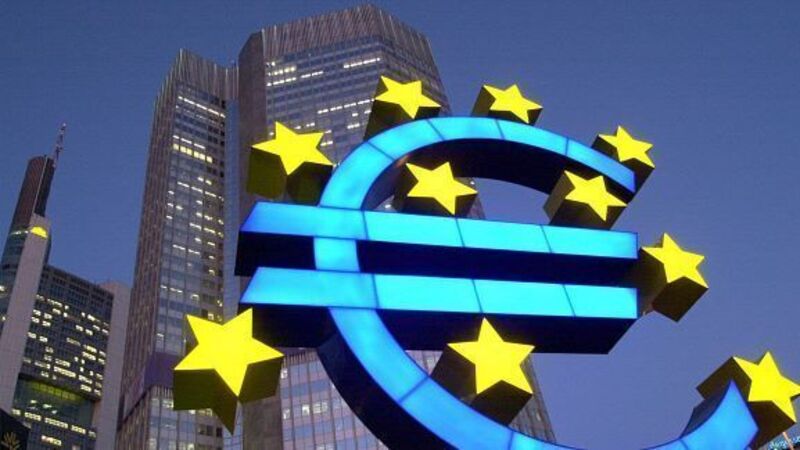Markets expect ECB rates to stay low for a long while yet

The US Federal Reserve has embarked on a path towards policy normalisation, while rates were hiked in Canada and the Czech Republic over the summer.
Rates appear to have troughed elsewhere, with the ECB likely to wind down its quantittaive easing (QE) purchase programme next year.
Nonetheless, markets expect monetary policy to remain very loose in all the major economies.
Indeed, continuing low inflation figures over the summer months have seen markets scale back the extent of rate tightening expected from central banks over the next couple of years, despite the strengthening of global economic activity in 2017.
In the UK, inflation has picked up following the sharp decline in sterling, with headline CPI inflation expected to reach 3%.
The Bank of England has indicated that there are limits to the extent that above-target inflation can be tolerated, with some members of its Monetary Policy Committee (MPC) voting for a rate hike at recent meetings.
The majority on the MPC, though, want to wait and see if the slowdown in activity so far this year is sustained or not, so an increase in rates does not look imminent.
Indeed, markets have pushed out the timing of the first rate in the UK to late 2019.
Meantime, the ECB has indicated that it will continue with its QE programme until at least the end of 2017.
Although, it has scaled back its easing bias by no longer committing to lowering rates even further if required.
However, it continues to say that it could expand its QE programme if it became necessary.
The expectation in markets, though, is that the ECB will wind down its QE programme next year, with an announcement on this expected at its October council meeting.
The ECB expects to keep interest rates at their current very low levels well past the time horizon of its QE programme.
The ECB deposit rate stands at –0.4% and it is likely to be late 2018 or early 2019 at the earliest, before this is increased, given the guidance from the central bank on QE and rates.
Futures contracts show that while wholesale rates are likely to start edging modestly higher next year, three-month money rates are expected to remain negative until the end of 2019.
Eurozone rates are expected to remain very low for a long period of time after that, with futures contracts suggesting that three-month rates will not reach 1% until late 2023.
Meanwhile, the US Federal Reserve hiked rates by 25 basis points at its December 2015 and December 2016 meetings, the first such rate hikes in nearly a decade.
It followed this up with two further hikes in March and June of this year, taking rates to 1.125%.
At its June meeting, the Fed reaffirmed its interest rate projections showing that it expects to raise rates to 3% by end 2019.
Markets, though, see rates rising to only 1.5% by then, far below the Fed’s projections, with the next rate hike not expected until the end of 2018 and a further 25 basis point hike not priced in until the end of 2020.
While inflationary pressures remain subdued in the US, we expect solid growth and a tight labour market will see the Fed tighten policy by much more than markets expect.
However, with inflation below target, rates now seem unlikely to rise as quickly as had been projected by the Fed either.
Overall, we see the Fed funds rate rising to about 2.25% by end 2019, with the next rate increase likely in the early months of 2018.

















